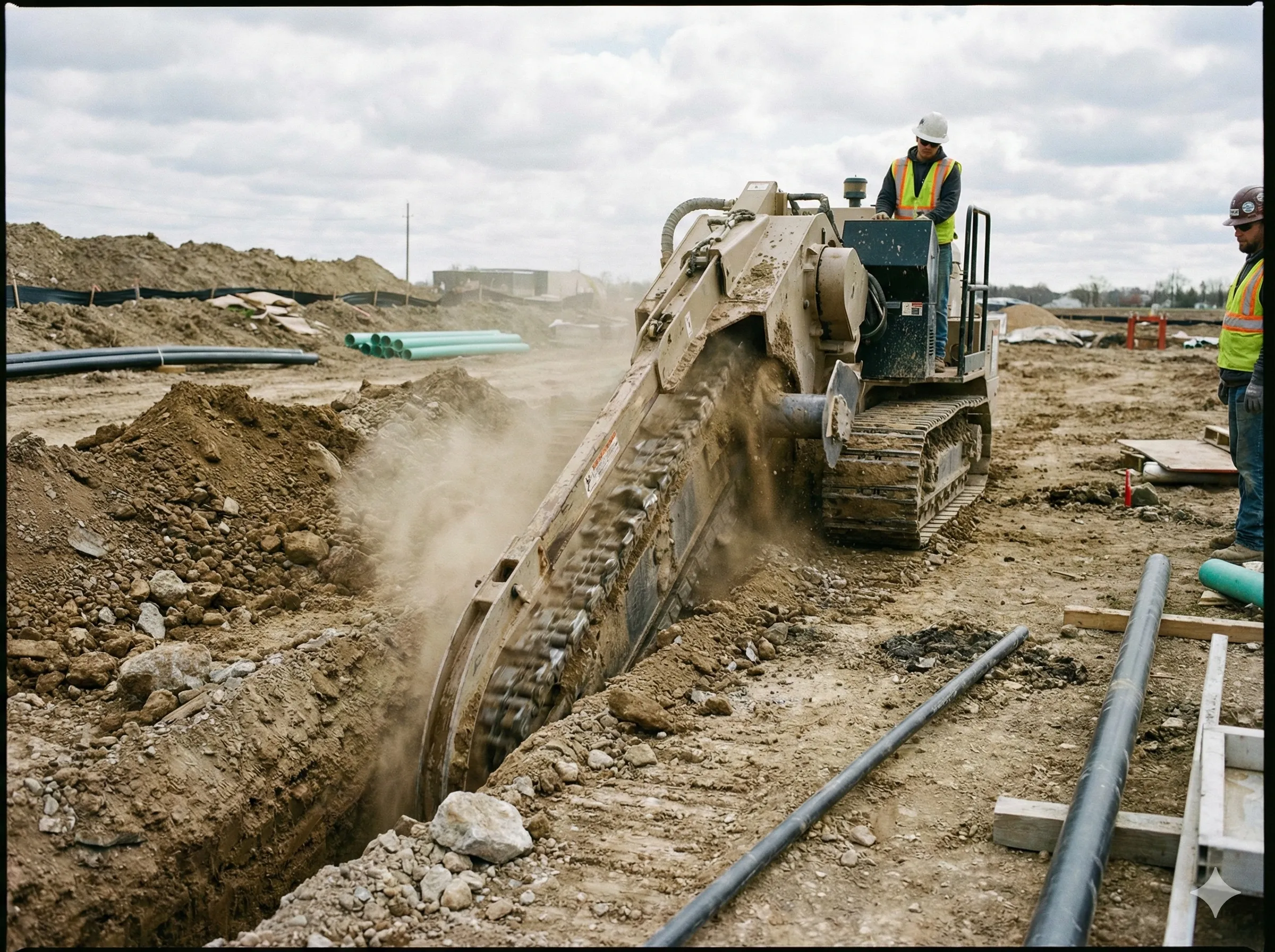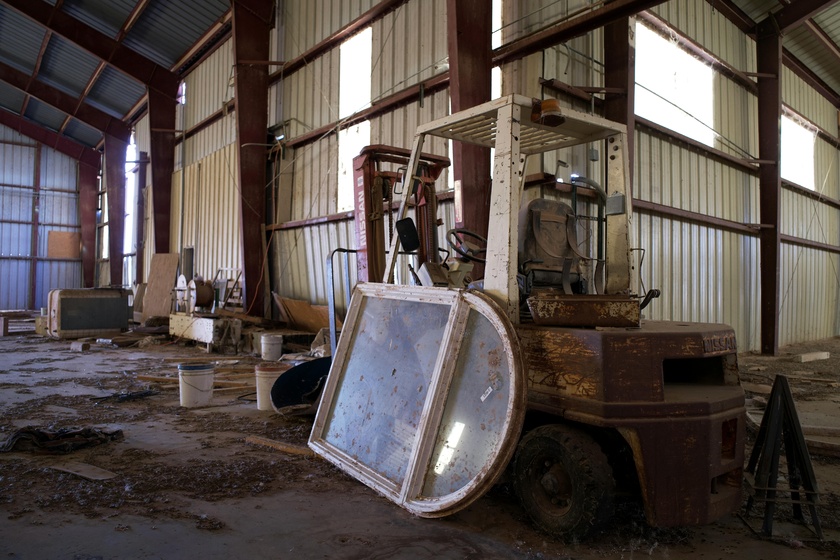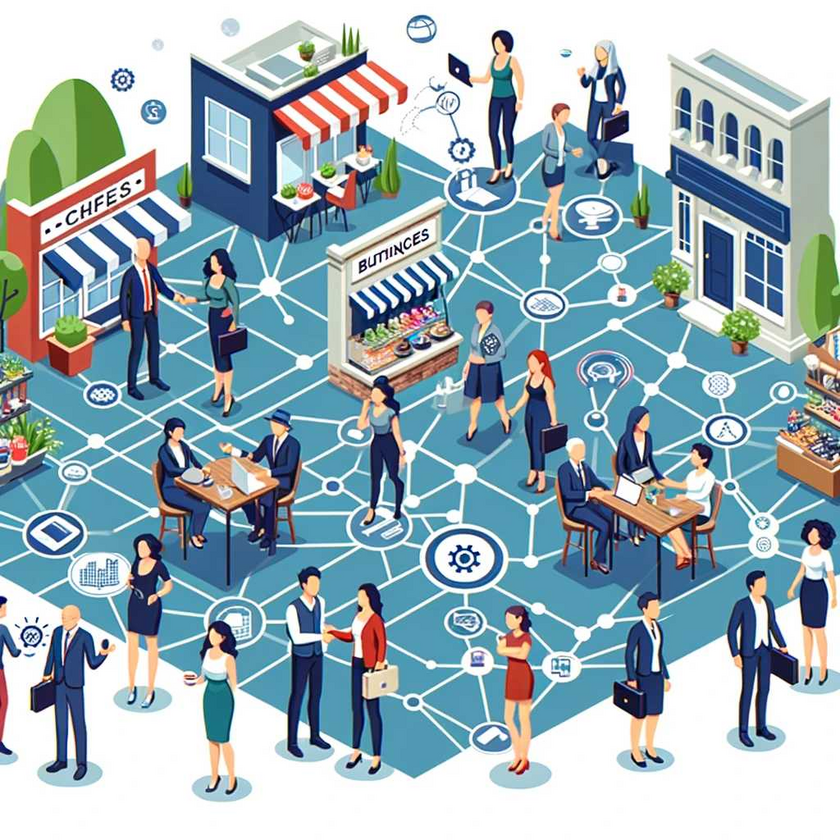Aerial drone photography has become an invaluable tool across various industries, offering unique perspectives and enhancing operational efficiency. Below is an overview of how this technology benefits key sectors:
1. Office Spaces
In the commercial real estate sector, aerial drone photography provides comprehensive views of office buildings, highlighting architectural designs and surrounding amenities. These visuals are instrumental in marketing properties to potential tenants and investors, offering a clear understanding of the property's context within its environment.
2. Multi-Family Residential
For multi-family housing complexes, drones capture expansive shots that showcase the entirety of the property, including communal areas, parking facilities, and landscaping. This holistic representation aids in attracting prospective residents by providing a detailed overview of the living environment.
3. Industrial Facilities
Industrial sites benefit from drone photography by facilitating site planning, monitoring construction progress, and conducting inspections of large facilities. Aerial imagery assists in identifying potential issues, ensuring safety compliance, and documenting project milestones.
4. Life Sciences
In the life sciences sector, drones are utilized to monitor agricultural research fields, providing data on crop health and growth patterns. This information supports experiments and contributes to advancements in agricultural practices.
5. Business Marketing
Businesses leverage drone photography to create dynamic marketing content, capturing unique angles and perspectives that were previously unattainable. This approach enhances promotional materials, engages audiences, and provides a competitive edge in the market.
6. Sports Facilities
Sports complexes use aerial imagery for event planning, crowd management, and facility maintenance. Drones offer a bird's-eye view of stadiums and arenas, aiding in the assessment of structural integrity and the planning of large-scale events.
7. Educational Institutions
Educational campuses employ drone photography to showcase their facilities, providing prospective students and faculty with virtual tours. Aerial views highlight campus layouts, green spaces, and infrastructure, enhancing recruitment efforts.
8. Construction
In construction, drones are integral for surveying sites, monitoring progress, and ensuring adherence to project timelines. They offer real-time visuals that facilitate communication among stakeholders and help in identifying and addressing issues promptly.
9. Hotels
The hospitality industry utilizes drone photography to present captivating images of hotel properties, emphasizing features such as pools, gardens, and proximity to attractions. These visuals play a crucial role in enticing potential guests by providing a comprehensive view of the accommodations.
10. Apartment Leasing
For apartment complexes, aerial photography showcases the property's layout, amenities, and surrounding neighborhood. This perspective aids leasing agents in marketing units effectively and provides prospective tenants with a clear understanding of the living environment.
11. Manufacturing
Manufacturing plants use drones to inspect equipment, monitor production lines, and ensure safety protocols are followed. Aerial views facilitate the identification of inefficiencies and support maintenance operations without disrupting daily activities.
12. Storage Facilities
Storage companies employ drone photography to assess property layouts, monitor facility conditions, and enhance security measures. Aerial imagery provides a comprehensive overview, aiding in operational planning and marketing efforts.
By integrating aerial drone photography, these industries enhance their marketing strategies, improve operational oversight, and ensure safety compliance, demonstrating the versatile applications of this technology across various sectors.

















